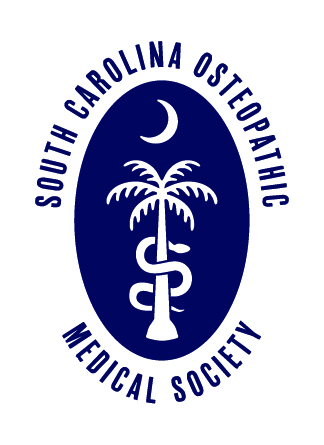History
Father of Osteopathic Medicine The history of osteopathic medicine begins with Andrew Taylor Still, M.D. who was born in Virginia and moved to the Midwest region as a young man. In 1854, Dr. Still was a practicing allopathic physician in Kansas who became increasingly dissatisfied with the medical practices of his day, which he felt were ineffective and even harmful. Dr. Still began an in-depth study into the attributes of good health to gain a better understanding of the process of disease. This led to Dr. Still developing a new theory of medicine in 1874, which he called osteopathy. He brought osteopathic medicine to the people of the Missouri frontier and based his new approach to health care on the concepts of body unity, the body’s inherent ability to heal itself given all the optimum conditions, and on the proper alignment and function of the musculoskeletal system. Dr. Still’s new osteopathic medicine philosophy focused on the unity of the entire body and he identified the musculoskeletal system -- the system of bones and muscles that makes up about two-thirds of the body's mass -- as a key element of health. Stressing preventive medicine, eating properly, and staying fit, Dr. Still was a visionary who pioneered the concept of "wellness" more than 100 years ago. A century later, the practice of allopathic medicine (MDs) has evolved and so has the practice of osteopathic medicine (DOs). Today, doctors of osteopathic medicine (DOs) serve the public with full medical practice rights utilizing all of the modern practices science has to offer in medical and surgical care while incorporating the concept of treating the whole person throughout the training. Osteopathic (DO) and Allopathic (MD) residents train side by side in hospitals throughout the U.S. While osteopathic physicians practice the most up-to-date evidence-based medicine approaches to medical care, they maintain that the patient-centered interview and the hands-on examination (palpation) is an essential part of making a diagnosis. Osteopathic medicine offers all of the well-recognized pharmacologic and surgical treatments in addition to a strong commitment to prevention and health maintenance as the first priority. Additionally, it offers an additional treatment of manipulative medicine as an important therapeutic tool that can utilized by osteopathic physicians in alleviating pain, treating illness or injury, and in many cases avoiding invasive surgeries to alleviate pain. Just as Dr. Still brought his new philosophy of medicine in 1874, today's osteopathic physicians often serve populations in need. Although DOs can specialize in every recognized area of medicine, from neonatology to neurosurgery, more than half of all osteopathic physicians practice in primary care areas, such as pediatrics, general practice, obstetrics/gynecology, and internal medicine. Additionally, many DOs fill a critical need for family doctors by practicing in small towns and rural areas. |

